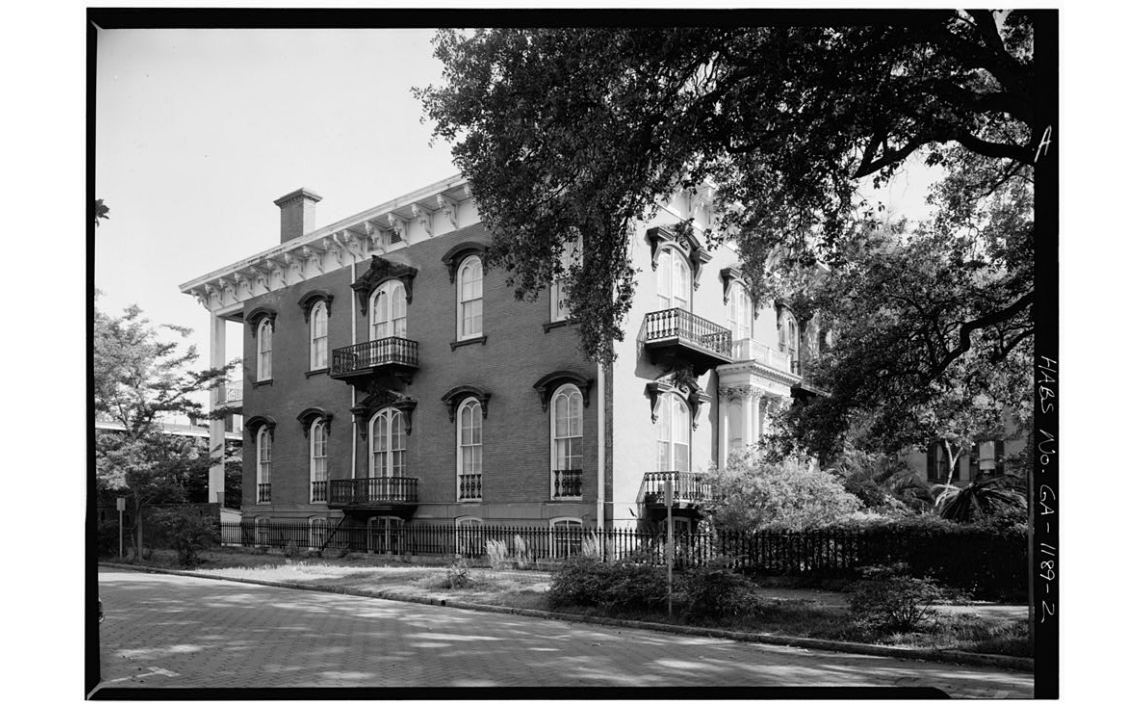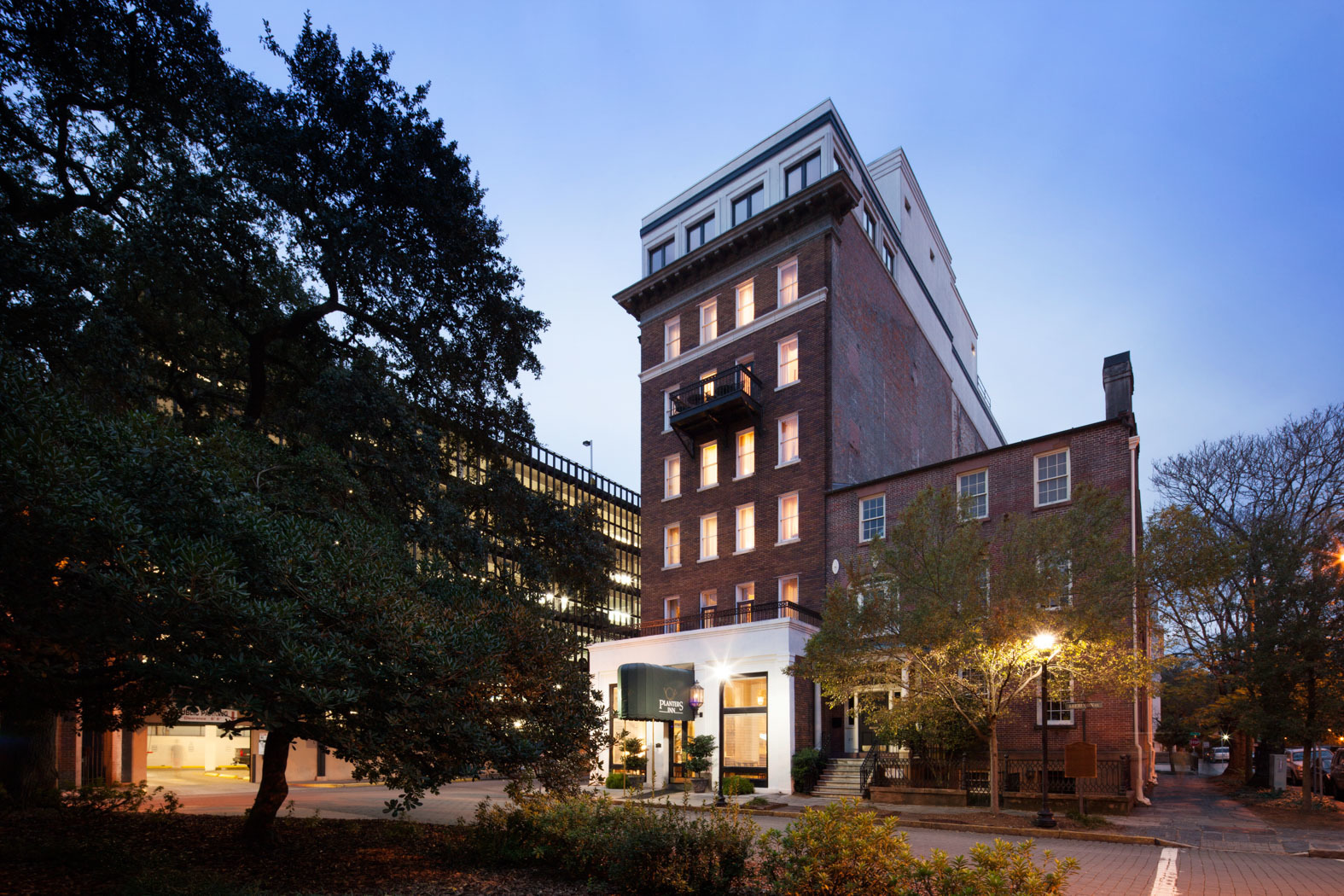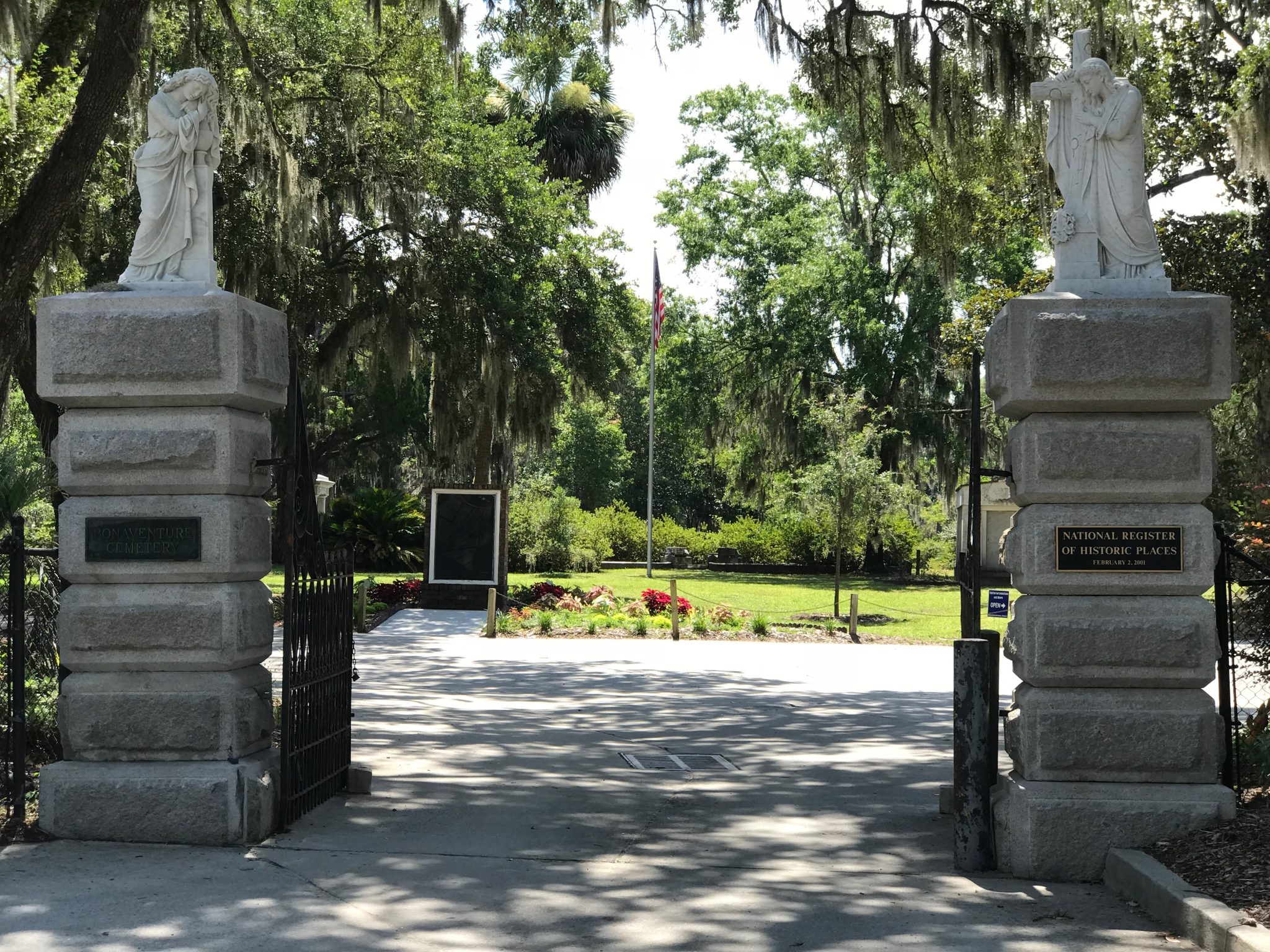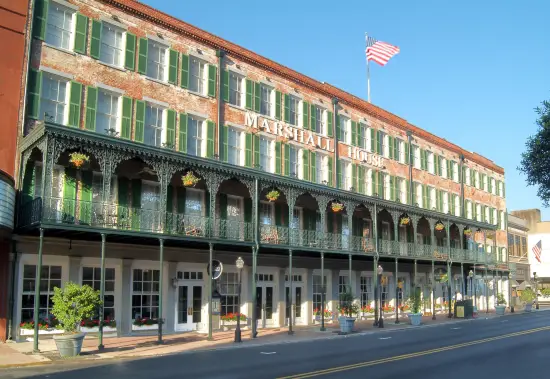Many who have visited Mercer William House believe that the mansion is now haunted by those who have passed away on the property. Some of the ghostly activities reported include disembodied voices, large heavy footsteps, and doors slamming shut on their own. Neighbours of the property have also said that music can occasionally be heard in the house; former owner Jim Williams was known to have thrown lavish, wild parties while staying at the historic property.
Like the nearby haunted Sorrel-Weed House, apparitions have manifested in full form in front of visitors of the property. Staffs of Mercer William House claimed to have seen the former owner of Jim Williams walking around the property, seemingly in admiration of his restoration efforts. The ghost of Tommy Downs, the boy who fell to his death from the roof, can also be seen wandering around the property. However, visitors were mostly heartbroken by their ghostly encounters with the young soul: scenes of the young boy falling off the property and into the spikes of the iron fences being played over and over in their head.
History of Mercer Williams House
Also known as the Mercer WIlliams House Museum, the history of the iconic building dates back to 1860 when it was commissioned by General Huge Mercer, a Confederate general during the American Civil War. For years, construction of the two-storey building was at a standstill due to the civil war. In 1868, eight years after it was first commissioned, Mercer House was finally completed. Ironically, the house was completed by new owner John R. Wilder; none of the Mercer member have ever lived in this historic house that was named after them.
Over the years, the house changed hands several times and was vacant for over a decade. For a period, the Mercer house was home to the Savannah’s Shriners Alee Temple. In 1969, American preservationist and antique dealer Jim Arthur Williams acquired the house for a price of $55,000, today’s equivalent of $410,000.
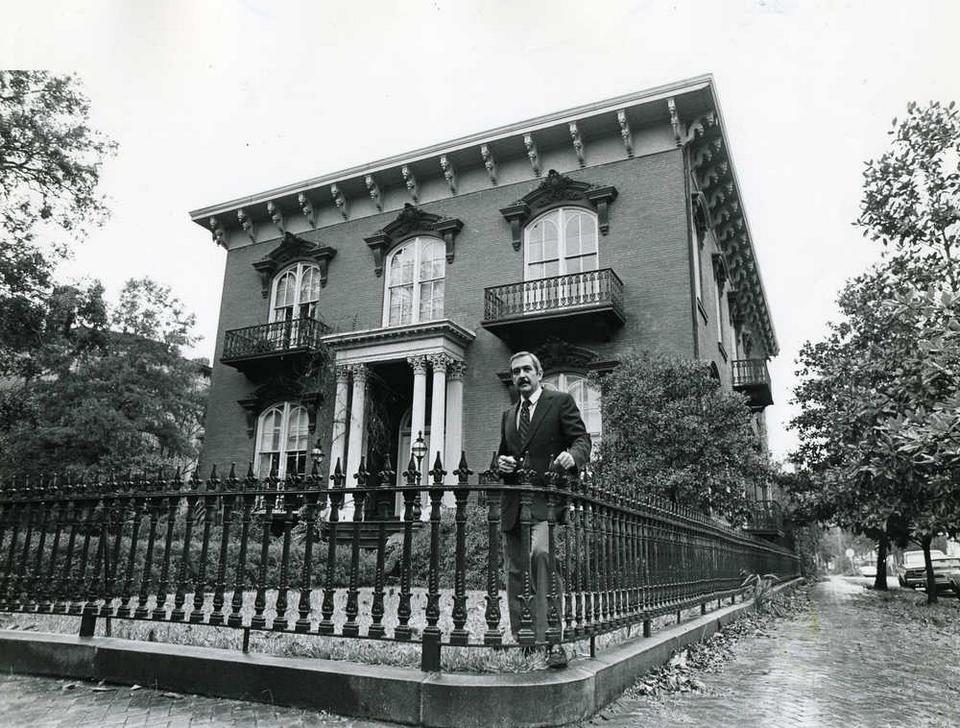
A renown dealer and restorationist in Savannah, Williams played an active role in the preservation of the Savannah Historic District. Some of his notable works include the Odingsell House, the Merault House, and James Habersham’s Pink House. However, Williams is perhaps most well-known for his restoration of the Mercer House.
It took William two years to complete restore the Mercer William House to its former glory. Infatuated with the house’s history and architecture, the house promptly became his residence; the carriage house located behind became William’s office where he ran his antiques restoration business.
Today, the house is decorated with William’s prized collection of artwork and furniture from the 18th and 19th century as well as curiosities collected by the antique dealer from around the globe. Mercer house is currently owned and managed by Dorothy Williams Kingery, the younger sister of Williams. Regular tours are held within the mansion and the carriage house, giving visitors a glimpse into the troubled past of the 150-year-old building. To visit Mercer Williams House, make a reservation at their official site here.
Murder at the Mercer House
On May 1981, Williams was arrested for the murder of 21-year-old Danny Hansford at the Mercer House. With the trial of Williams, his homosexual relationship with Hansford—William’s part-time assistant and a former male prostitute—was brought to light. News of his alleged murder and scandalous relationship shocked the community, with many in disbelief at William’s eccentricities.
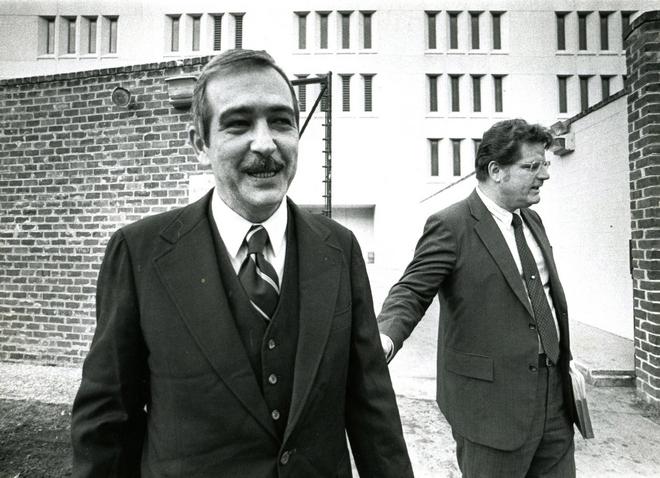
After four trials, two of which had sentenced him to life in prison and hanging, Williams was acquitted in May 1989; the fourth trial ruled in favour of Williams as he had acted in self-defense against Hansford, who had attempted to fire a gun on Williams. Barely eight months later, in January 1990, Williams was found dead in Mercer House by Doug Seyle, one of WIlliams’ employees. A post mortem revealed that Williams have died from a simple case of pneumonia.
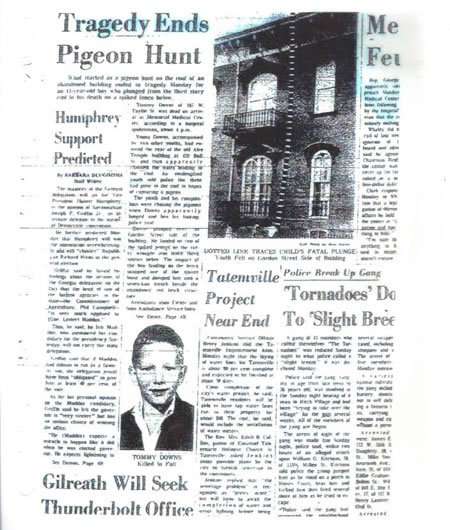
In fact, William and Hansford were not the only deaths that have occurred in the house. In 1969, months before William had bought over the Mercer William House, a 11-year-old boy named Tommy Downs fell from the roof and was impaled by a wrought-iron fence, dying instantly. While it was reported that Downs had slipped and fell while chasing birds on the abandoned house, locals believed that something far more sinister have led to his death.
Midnight in the Garden of Good and Evil Novel and Film
In 1994, four years after the death of Williams, author John Berendt released a non-fiction novel titled Midnight in the Garden of Good and Evil. The novel, which is based around the murder of Hansford and the trial of Williams, became a huge hit among readers and spent a record-breaking 216 weeks on New York Times Best-Seller. In 1995, Midnight in the Garden of Good and Evil won the Boeke Prize and was a finalist for the 1995 Pulitzer Prize in General Nonfiction.
In 1997, the book was adapted into a film. Produced by renown actor and director Clint Eastwood, the film largely follows the plotline in the book of the same name, with the exception that the multiple trials held in reality were combined into one trial for the movie. In spite of the book’s worldwide success, the film was largely a box office failure, grossing only $25 million against a budget of $30 million.

